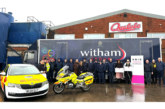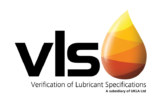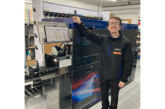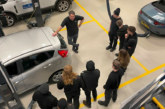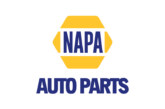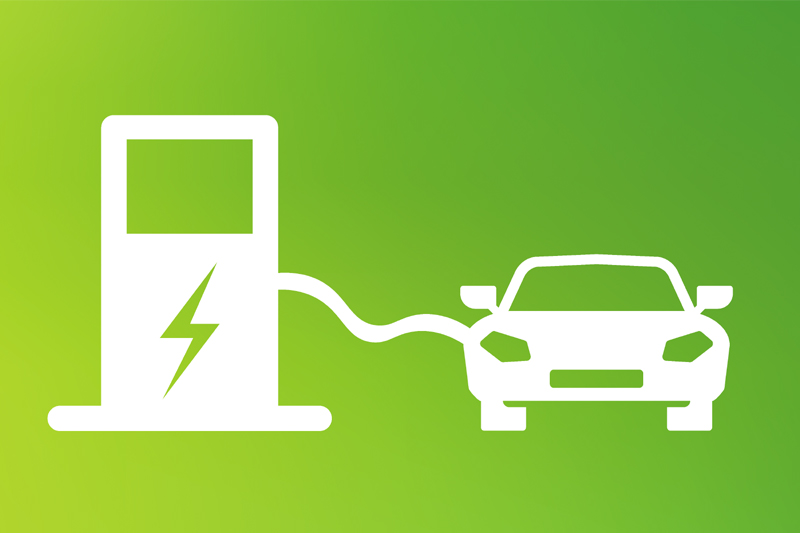
This week the DfT published the ‘Reducing emissions from road transport: Road to Zero Strategy’. Setting out measures to clean up road transport and how best to lead the world in the development, manufacturing and the use of zero emission vehicles, the strategy also confirms that government is considering the IMI’s proposed Licence to Practise as part of its new policy.
The Institute of the Motor Industry (IMI), the professional body for the automotive sector, has been lobbying for the introduction of regulation for vehicle technicians working with electrically-propelled vehicles. Its recommendations to implement regulation now form part of the government’s strategy to ensure the UK’s workforce of mechanics are well trained and have the skills they need to repair these vehicles safely.
Steve Nash, Chief Executive at the IMI, said, “The strategy published this week by the DfT marks a very significant achievement for the lobbying campaign that the IMI has led on behalf of the motor industry to bring about regulation to protect those working on the high voltage systems of electrified vehicles.
“As we advance towards a zero emission future, the technology that technicians will be coming into contact with on a daily basis will change – resulting with high voltage electrics becoming commonplace. Those who aren’t properly trained or equipped would be risking serious injury or potentially fatal shock, which is why we have lobbied the government to act now to ensure that a regulatory standard or license to practice is introduced for anybody wishing to undertake such work. We have put forward detailed proposals for such a regulatory standard and how it can be administered and enforced.
“The government’s commitment to work with the IMI to advance towards a regulatory standard, and ensure the wide availability of skilled individuals who can work safely on high voltage vehicle systems is truly welcomed. The IMI is, therefore, delighted to see that the government’s new strategy outlines the importance of training workforces to be able to handle new vehicle technology.”

